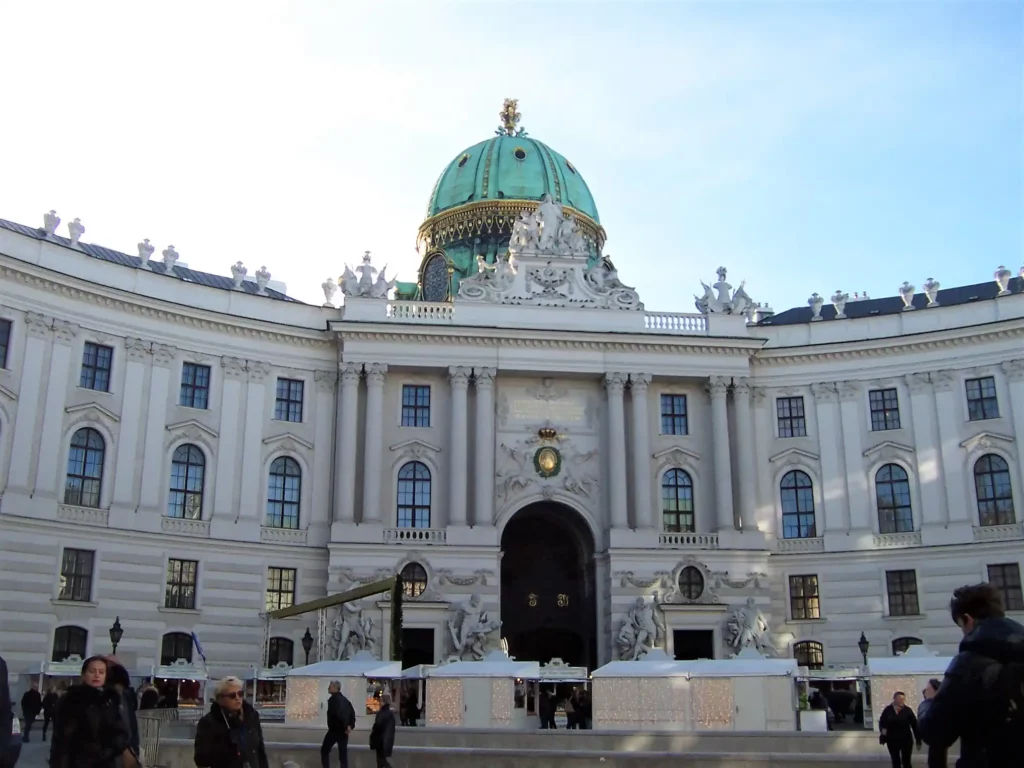
For decades, the fate of the Habsburg dynasty’s private jewellery collection remained a mystery. The Habsburgs, whose last reigning Austrian monarch was Karl I, lost their empire in 1918, and much of their property was seized after the fall of the Austro-Hungarian Empire. Among the pieces thought to have vanished over time was a collection of extraordinary jewels, including the 137-carat yellow pear-shaped Florentine Diamond.
Recent revelations have confirmed that these treasures were not lost, but carefully hidden in Canada for nearly a century. During the upheavals of the Second World War, Empress Zita of Bourbon-Parma, Karl I’s wife, fled Europe with her family, carrying the collection in a suitcase as she traveled through France and Portugal before reaching Canada around 1940. The jewels remained in a secret location in Québec, preserved and protected from the public eye.
Zita shared the secret with only two of her sons, instructing them that the collection should stay undisclosed until 100 years after Karl’s death in 1922. For decades, the jewels lay hidden, their existence known to only a few, until the Habsburg family recently decided it was time to make them public.
The exhibition will open in Canada, a deliberate choice to honor the country that provided refuge during the war. Karl von Habsburg-Lothringen, the family head and grandson of Karl I, emphasized that the jewels are not for sale and are being safeguarded in a Canadian trust. The public unveiling will offer a rare opportunity to appreciate the craftsmanship, historical significance, and sheer beauty of these long-hidden treasures.
The Florentine Diamond, the collection’s centerpiece, has a storied past. Originally part of the Medici family’s treasury in Florence, it entered Habsburg hands through marriage alliances centuries ago. Over time, the diamond became a symbol of power, wealth, and the intricate ties of European nobility. Its disappearance during the turbulent twentieth century added to its mystique, creating a legend that fascinated collectors and historians alike.
While the unveiling resolves a long-standing mystery, questions remain over the jewels’ legal ownership. After the monarchy’s end, laws governing Habsburg property raised the possibility that the collection could belong to the Austrian state rather than the family. These legal questions intersect with ethical considerations around cultural heritage and historical stewardship, adding complexity to the story.
Beyond history and legality, the exhibition highlights the artistry of the imperial court’s jewelers. Many of the pieces have survived in remarkable condition, reflecting the care with which they were transported and preserved. Experts have authenticated the collection, confirming the historical importance and provenance of each item, from gemstones to settings.
Displaying the jewels in Canada also carries symbolic weight. By choosing the country that offered refuge, the Habsburgs tell a story not only of royal splendor but of displacement, exile, and survival during one of Europe’s darkest periods. The journey of the collection from Vienna to a Canadian vault illustrates the interplay of personal, political, and national histories, highlighting how objects can carry meaning far beyond their material value.
The Habsburgs were central to European politics for centuries, shaping the continent through alliances, conflicts, and marriages. Their jewels, therefore, are more than decorative objects; they are artifacts of European history. Each gemstone and ornament embodies centuries of political maneuvering, family alliances, and historical events.
The collection also offers a glimpse into the personal lives of the Habsburgs. Empress Zita’s decision to safeguard the jewels in Canada reflects both foresight and the precariousness of exile. Every piece carries a story of survival, strategy, and devotion, demonstrating how personal histories intertwined with the fate of Europe’s aristocracy.
Security and conservation are central to the exhibition. The rarity and value of the jewels demand careful handling to ensure their preservation for future generations. The Habsburg family has emphasized the authenticity of the collection, with expert evaluations confirming its historical and artistic significance. The exhibition is not merely a display of wealth but a presentation of heritage and craftsmanship.
The long-hidden jewels also prompt reflection on cultural stewardship. Should treasures of historical importance remain in their country of origin, or is preservation elsewhere justified? The Canadian exhibition highlights the tension between historical context, safety, and public access, showing how private and public interests intersect in the world of cultural heritage.
The Habsburg collection exemplifies the fascination with lost treasures. Tales of missing jewels and secret stashes capture imaginations because they combine history with mystery. The rediscovery of this collection links the past with contemporary interest, offering tangible evidence of a family’s resilience and foresight.
For historians, gemologists, and the public, the exhibition is a rare event. It allows visitors to engage with European history in a tangible way, appreciating the artistry and craftsmanship of the past while considering the impact of historical events on these objects.
The Habsburgs’ careful preservation and eventual unveiling underscore the connection between family legacy and cultural heritage. The jewels are more than ornaments; they are storytellers, witnesses to a century of upheaval, and symbols of continuity. Their public display allows new audiences to appreciate both their beauty and the remarkable journey of the family that safeguarded them.
As the exhibition opens, visitors will see the Florentine Diamond and other exceptional pieces that have captured imaginations for generations. The event celebrates both historical artistry and the foresight of those who protected these treasures through war and exile. It bridges the past with the present, connecting Europe’s imperial history with contemporary appreciation for cultural heritage.
The story of the Habsburg jewels, hidden for nearly a century, is a testament to human foresight, family devotion, and the enduring power of historical objects. Emerging from their concealment, the jewels remind the world that history lives not only in archives but also in the sparkle of a diamond, the intricacy of a setting, and the hands that preserved them across continents and generations.